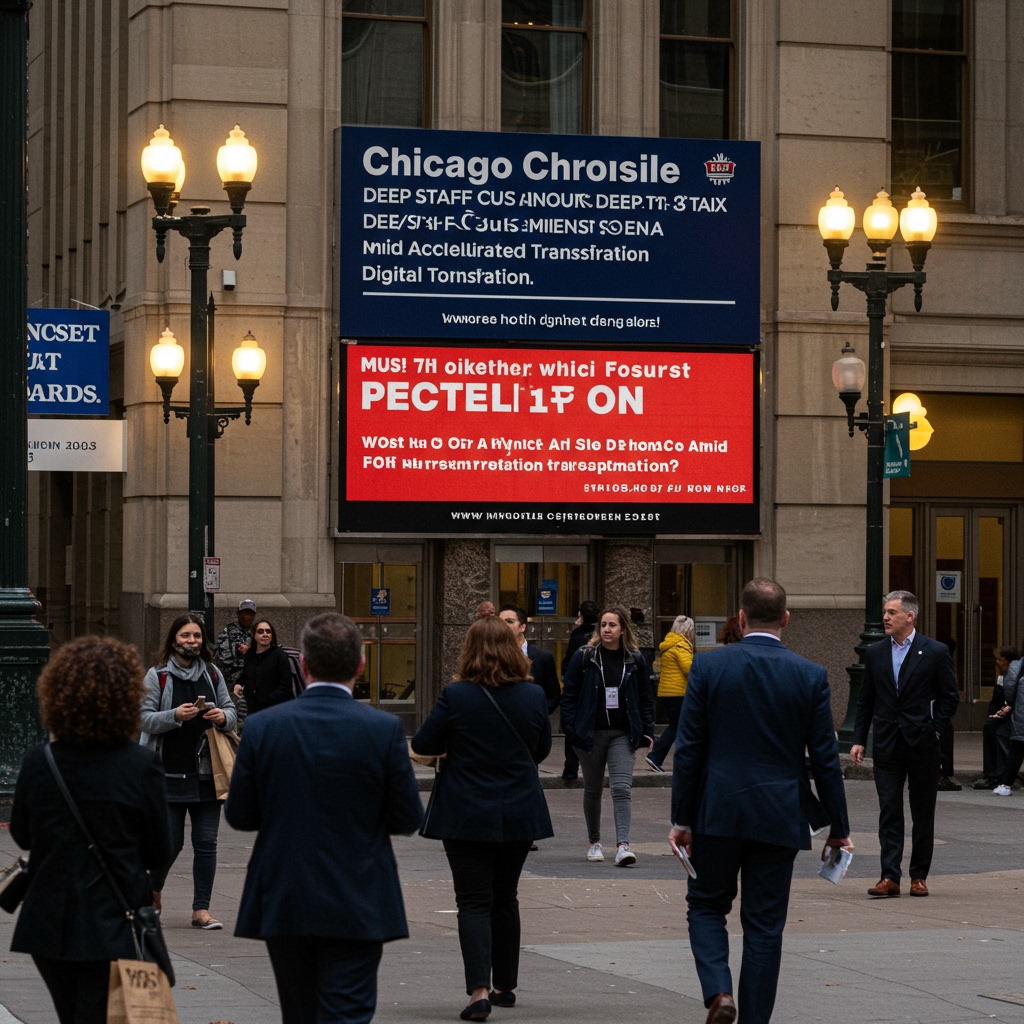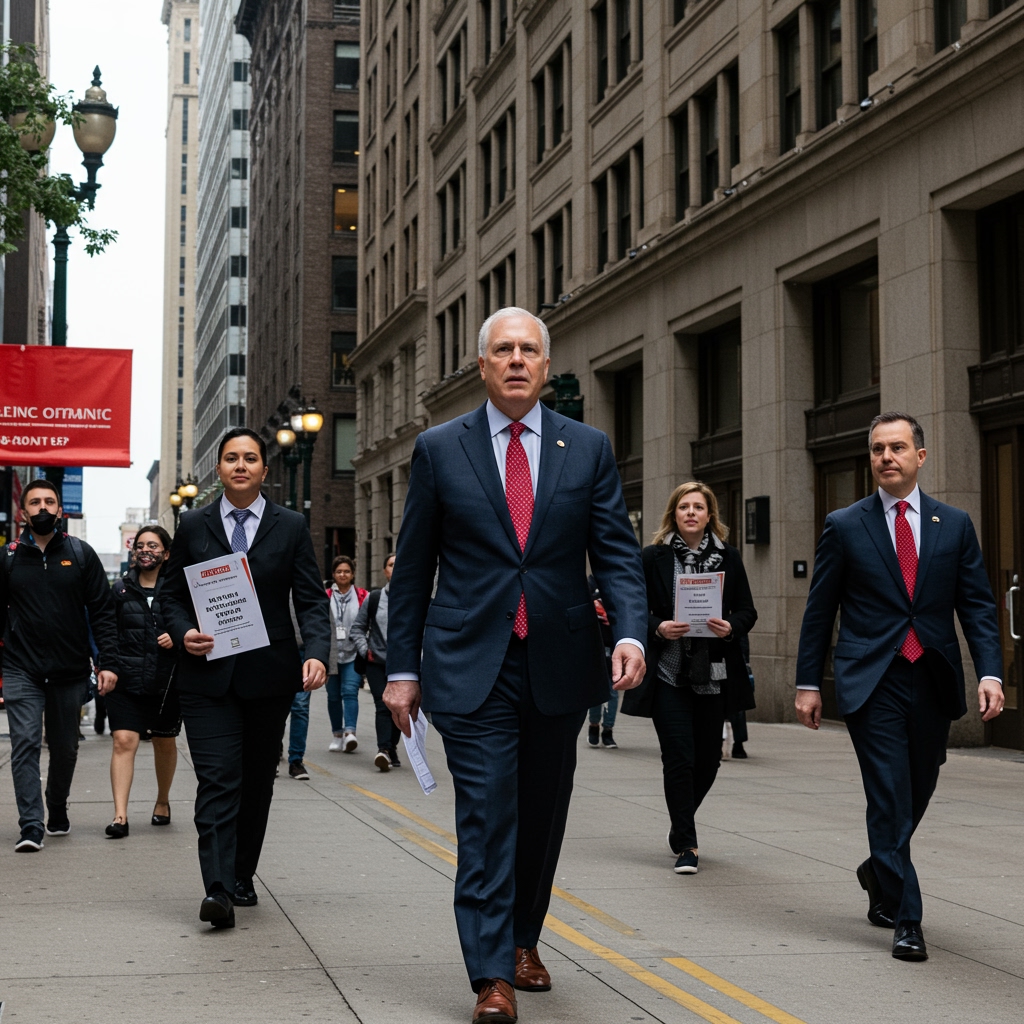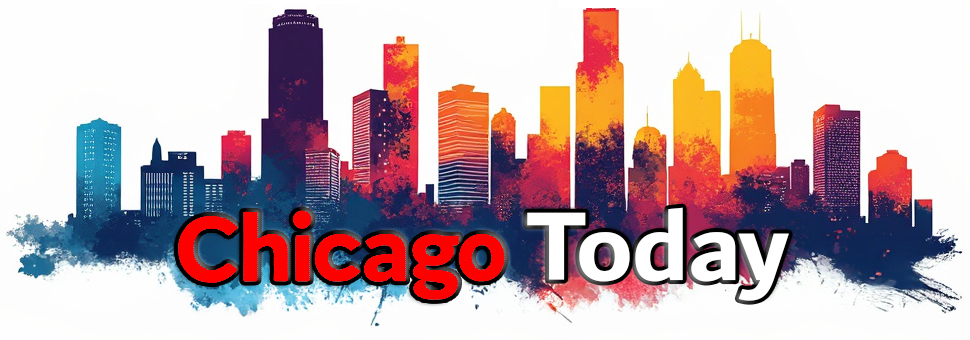Chicago, a city perpetually grappling with the complex and often brutal realities of urban crime, finds itself in a continuous cycle of policy debates and public concern. While Mayor Brandon Johnson champions a vision rooted in community investment and violence prevention, and Governor J.B. Pritzker touts statewide initiatives, a pointed editorial has ignited renewed discussion. The central argument, amplified by groups like Wirepoints, is stark: the city’s persistent violent actors apparently have not received, nor heeded, the “memo” from city and state leaders, suggesting a significant disconnect between political rhetoric and the lived experience of Chicago’s ongoing struggle with crime.
The Enduring Shadow of Chicago Crime
Wirepoints, a research organization known for its deep dives into Chicago’s public safety data, consistently portrays a city facing immense challenges. Chicago frequently ranks as the nation’s “murder capital,” a title it has held for over a decade. While official statements from Mayor Johnson’s and Governor Pritzker’s administrations highlight reductions in specific crime categories, such as homicides and shootings, critics argue these statistics often paint an incomplete picture. Wirepoints data indicates that beyond homicides, other major crimes, including robberies and carjackings, remain alarmingly high, contributing to a pervasive sense of insecurity. The organization suggests a “revolving door” justice system where offenders are not consistently deterred, reinforcing the notion that the city’s “war zone” conditions persist despite official efforts.
Divergent Strategies, Shared Goals?
Both Mayor Johnson and Governor Pritzker have articulated distinct, yet arguably complementary, strategies for tackling crime. Mayor Johnson’s approach prioritizes systemic change, focusing on “investing in people and places.” His administration’s plan emphasizes community violence intervention programs, expanded youth employment opportunities, robust mental health services, and addressing the historical roots of violence stemming from disinvestment. Johnson has frequently cited decreases in homicides and shootings as evidence that his administration’s long-term, community-centered approach is beginning to yield positive outcomes.
Governor Pritzker, on his part, has championed statewide efforts through initiatives like the Reimagine Public Safety Act (RPSA), directing significant funding towards evidence-based violence prevention programs. His administration has also focused on legislative measures, such as banning “ghost guns” and cracking down on organized retail crime. Pritzker has consistently linked these efforts to broader reductions in violent crime across Illinois, advocating for a multi-faceted strategy that includes law enforcement support alongside community initiatives.
The “Memo” That Isn’t Landing
The core of the recent news and the referenced editorial lies in its critical assessment of the impact of these policies. The assertion that “Chicago’s gunmen did not get Pritzker and Johnson’s memo” succinctly captures the argument that the city’s violent individuals are unmoved by political statements or stated policy goals. It implies that the underlying drivers of crime—or the perceived lack of immediate consequences—remain potent forces, rendering the leaders’ messages ineffective. For the editorial’s proponents, the persistence of high crime rates, particularly for many residents, demonstrates that the intended deterrent or preventative effect of the administration’s policies has not yet materialized, or perhaps never will, if the fundamental issues of accountability and deterrence are not addressed more directly.
Political Firestorm: Federal Intervention and Local Resistance
The debate over Chicago’s crime situation has been significantly amplified by former President Donald Trump’s recurring threats to deploy federal troops or National Guard units into the city. Both Mayor Johnson and Governor Pritzker have strongly opposed these proposals, framing them as political grandstanding and a misunderstanding of the situation. They have countered Trump’s characterizations of Chicago as a lawless “disaster” by highlighting the reported crime reductions, arguing that federal militarization would be counterproductive and potentially exacerbate tensions. Governor Pritzker has specifically cited legal arguments, asserting that such deployments would violate constitutional principles like the Posse Comitatus Act without local consent. However, this stance has drawn criticism from some quarters, including local officials like Alderman Raymond Lopez, who deems the resistance to potential federal assistance “asinine” and advocates for greater collaboration with federal agencies to combat crime.
A Persistent Disconnect
As Chicago continues to navigate its complex public safety landscape, the contrast between official pronouncements and the ongoing reality of crime remains a central point of contention. While Mayor Johnson and Governor Pritzker emphasize their strategic investments and claim progress, the sentiment captured by the editorial—that the city’s criminals remain undeterred by political discourse—resonates with many who feel the impact of violence daily. This enduring disconnect between political messaging and the perceived efficacy of safety strategies poses a significant challenge, leaving residents to question whether the intended impact of policies is truly reaching those who need to be deterred, or if the city is still waiting for an effective response to its deep-seated crime issues.














